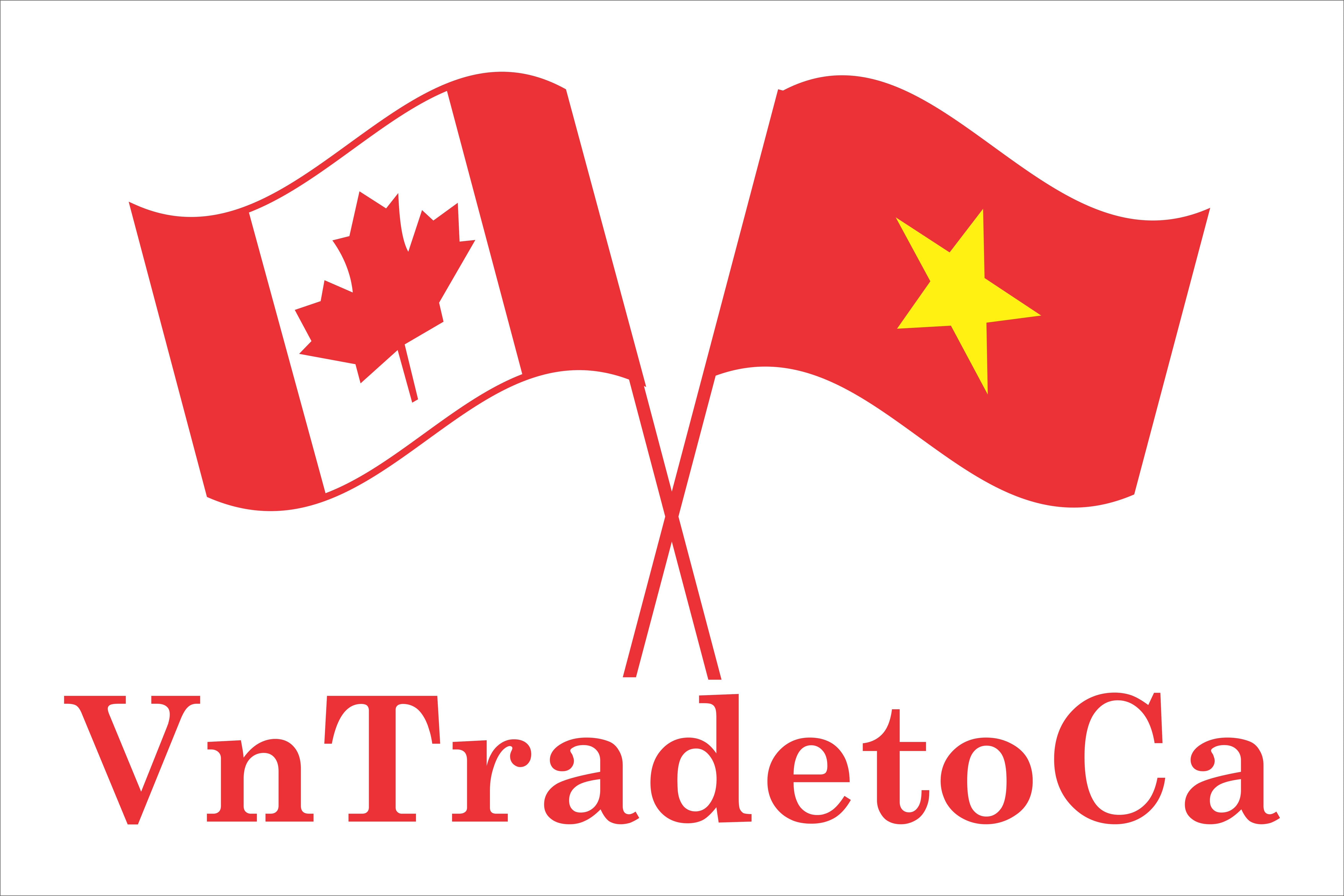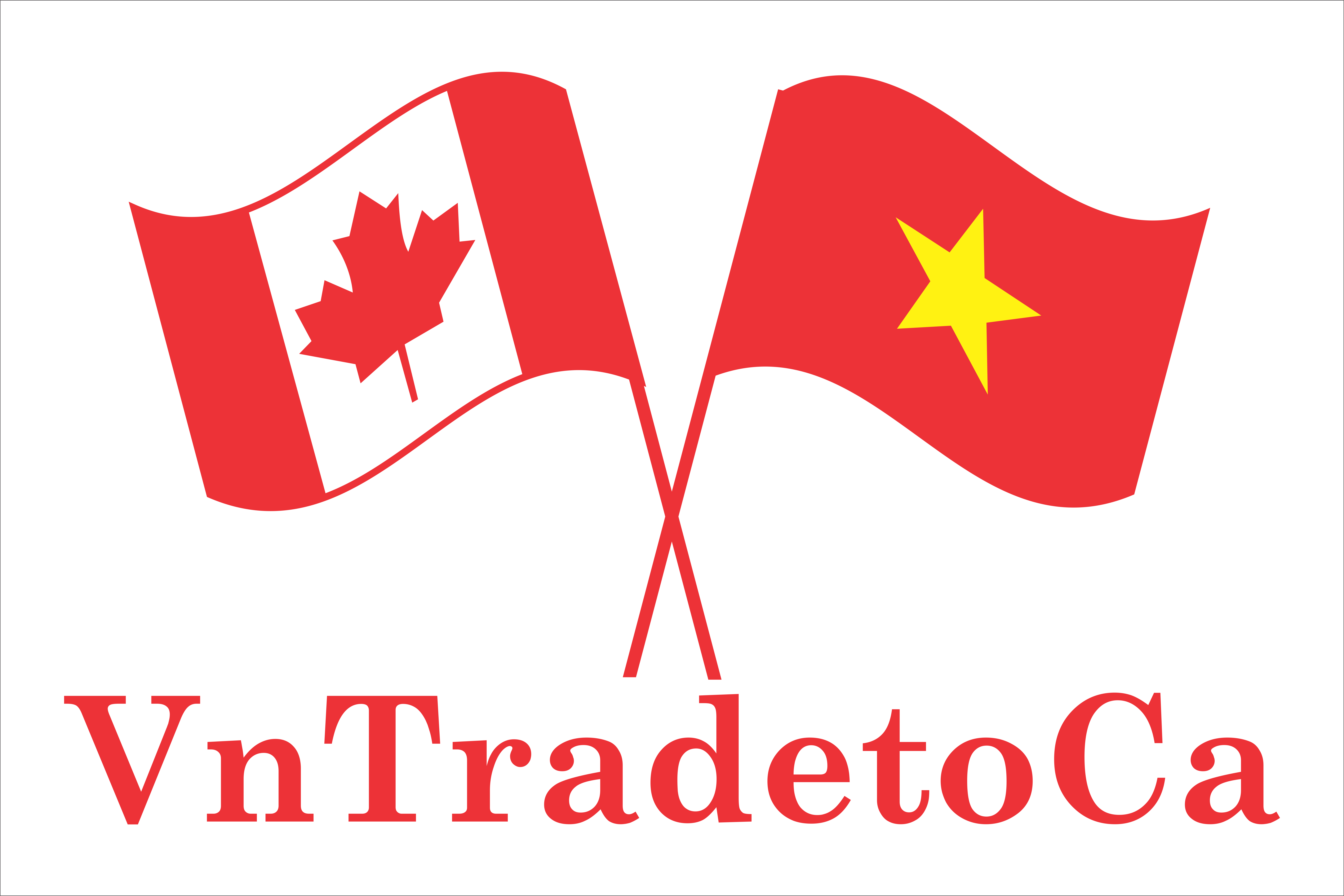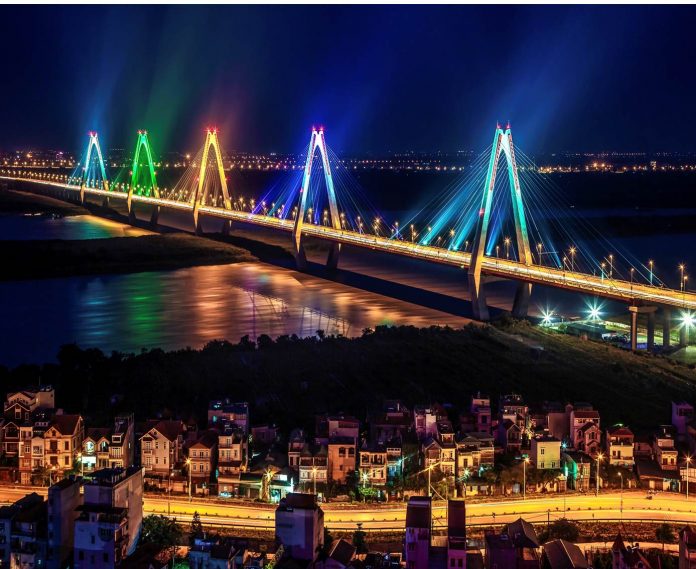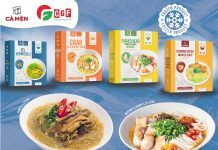Feature Hanoi in Entrepreneurs’ Digest – Association of Small & Medium Enterprises
As the political and administrative capital of Vietnam, Hanoi is a major cultural, scientific, educational and economic center with important international connections. The city acts as a transportation node for the country’s three Northern economic regions, with transit routes to other parts of the country and the world. Owing to its spirit of proactiveness and creativity, Hanoi has achieved positive and comprehensive attainments with remarkable milestones in recent years. From 2016 to 2020, the capital’s economy fared well, contributing significantly to the national economy. During this period, the GRDP growth rate was estimated to increase by 7.39 per cent on average. GRDP per capita is estimated to be at USD$5,420, which is 1.8 times higher than that of the whole country
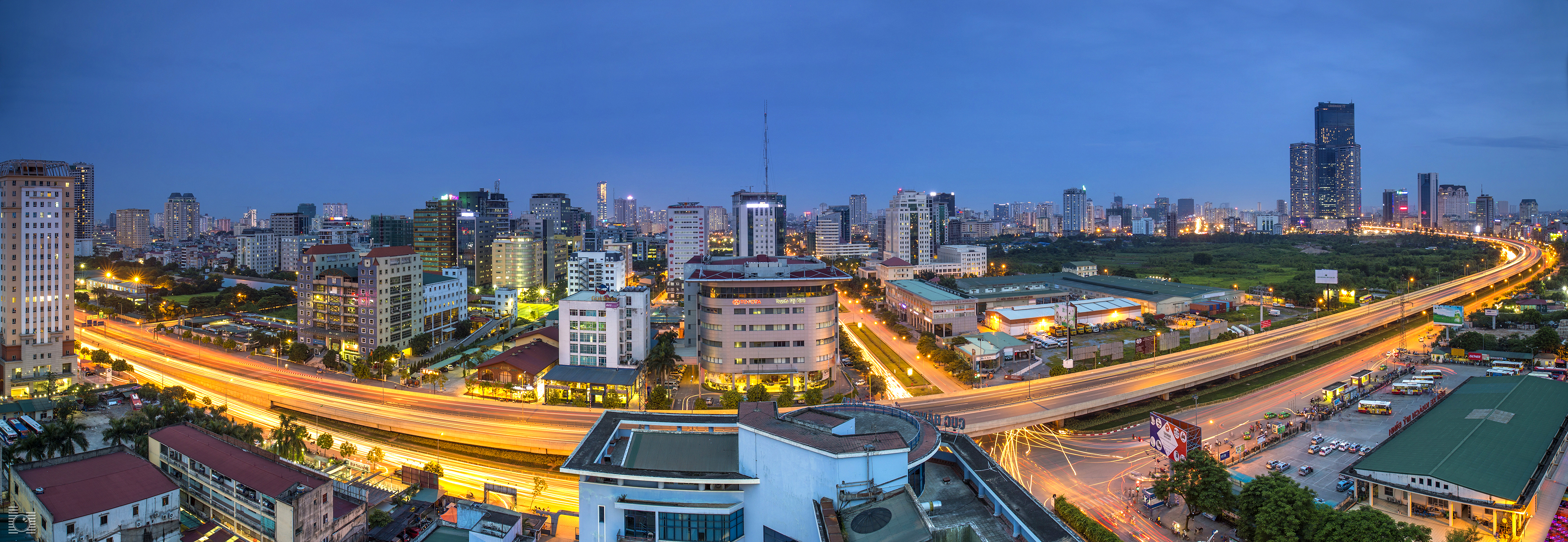
Facts about of Hanoi
Total Area: 3,358.6 square kilometers
Total Population: 8,053,663 (As of 2019)
GRDP per capita: USD$5,420 (As of 2019)
Languages Spoken: Vietnamese, English and other UN official languages.
Key Industries: Tourism, hi-tech, food processing, services, garments, electronics, forestry and aquatic products, etc.
- Hanoi has ranked second in Vietnam’s Provincial Administrative Reform Index (PAR Index) and ranked third in the country’s Information Technology Application Index. This demonstrates significant improvements in the city’s productivity, quality, efficiency and competitiveness.

- Trade promotion activities have produced encouraging outcomes, with export turnover increasing by 9.0 per cent per year on average. Investment attraction has also made outstanding progress. Notably, foreign domestic investments to the city were the highest in 2018 and 2019 (2018: USD$5 billion; 2019: USD$8.66 billion). Projects calling for investments are important ones in areas such as: technical infrastructure, environmental treatment, clean water supply, start-ups and innovation, health care, education, development of large urban areas and information technology…
- Hanoi is a safe, attractive and tourist-friendly Many political, cultural and economic activities of great national and international significance have been held professionally and safely in Hanoi, including the 2017 APEC Summit, the 2019 North Korea-United State Summit, etc. It is set to be a place for upcoming international events such as the SEA Games 2021, Formula 1 Vietnam Grand Prix, and many other domestic and international cultural, music and food festivals.

- As an attractive tourist destination, Hanoi has 5,922 cultural and historical relics and 1,350 craft villages. Tourism has gradually become a key economic industry of Hanoi, with an average revenue growth rate of 12.1 per cent per year. The number of tourists coming to Hanoi increases, on average, by more than 10 per cent per year. In 2019, the number of internationalvisitors reached 7.025 million.
- Since 2020, the city’s economy has been heavily affected by the COVID-19 pandemic. In overcoming the impacts of the pandemic to plan for economic recovery and development, the city will continue to streamline administrative procedures, improve the business and investment environment, and attract more domestic and foreign investments – with a focus on the following fields: human resources development, innovation and start-ups, backbone infrastructure, urban railways, high-tech industries, clean energy, environmental treatment, logistics, processing of agricultural, forestry and aquatic products and the development of satellite urban areas.
